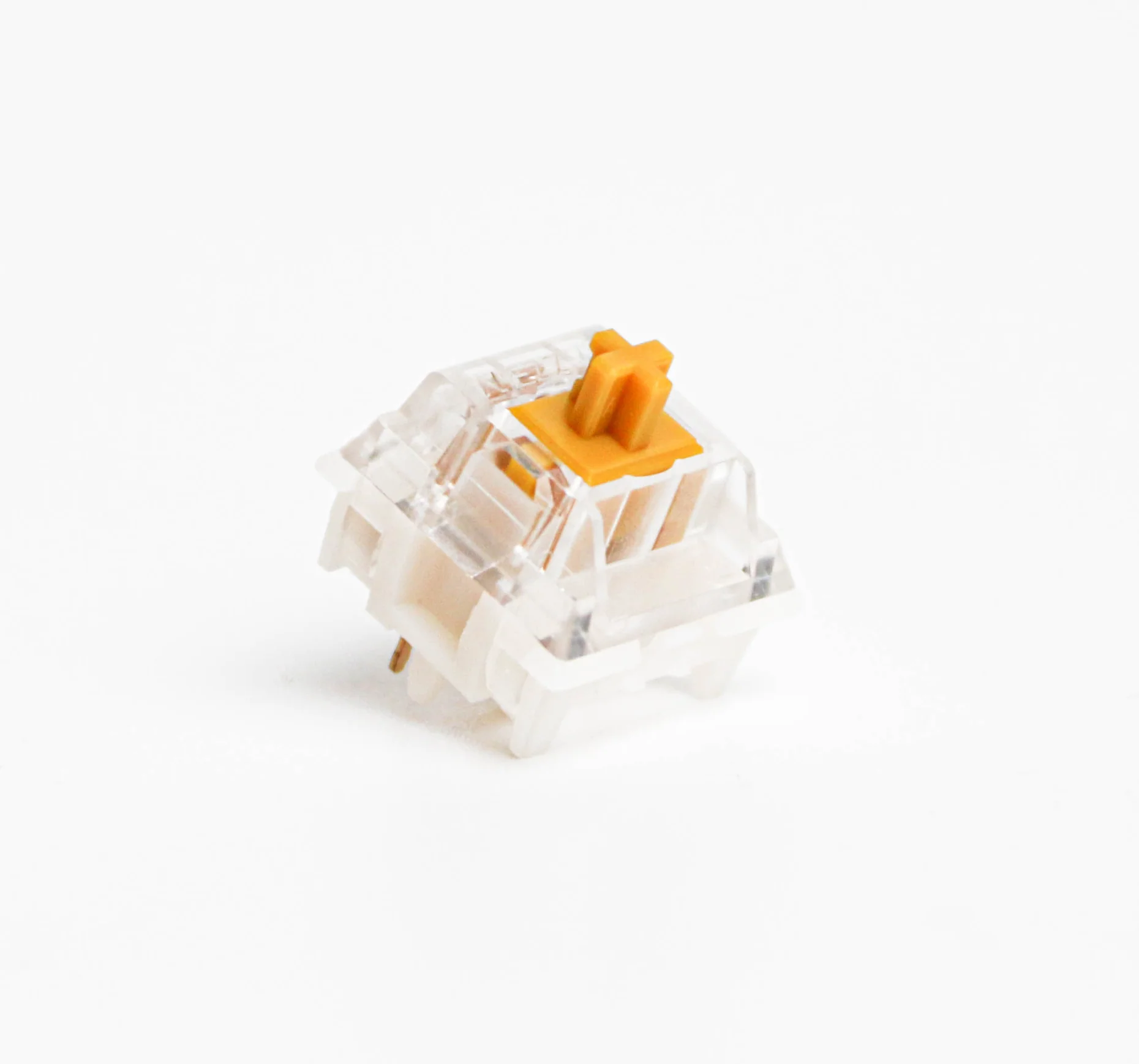Week 3
3D Printing and Scanning
3D Scanner
We needed to make a 3D scan of an object. The best thing I’ve managed to find to scan was a mechanical keyboard switch called Gazzew U4T. That looks like this:
 Gazzew U4T Switch
Gazzew U4T Switch
There were two big problems with scanning it. First of course is the size which is 1.5cm x 1.5cm x 1.7cm, to deal with that I’ve made around 4 scans for each turning it on a different side. Second problem was transperancy of the upper housing and the glance of the bottom housing, which was fixed by a matting spray that uses quickly sublimating material to make the surface of an object matte. Also somewhat of a problem was that on the bottom of a switch there are two copper pins that connect to the keyboard itself, and their dimensions are like 1mm x 0.1mm, so in the end you can’t even see them on the scan. Also there seems to be a weird line of plastic at the place where it shouldn’t be, it’s probably there because of some reflections from the scanning turntable.
Switch scan (Coudn’t load in textures because fusion doesn’t support it :( )
3D Printing
The task was to print something that would be very difficult to print using substractive methods. So I chose to make a sphere that was hollow inside, and to be able to see that it’s hollow, to make a lot of holes in it. Maybe the ideal way was to make it as a grid of rounded cylinder bridges but I’ve made it out of straight rectangles, The final shape is called Icosahedron v2, the main feature of it is that all the points at vertices of triangles touch an imaginary sphere in which this shape is inscribed.
Icosahedron v2 model
Of course it’s only hard to make using substractive methods, but also using conventional FFF method. The final sliced file had supports taking 45% of all the time of printing. So I think I will use the same model to print using a stereolitographic printer.
